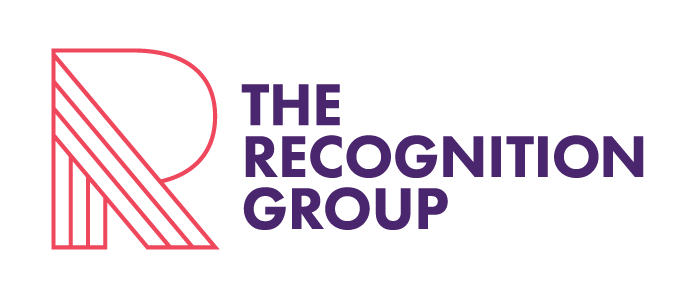Leveraging and avoiding dates for your campaigns
It could be argued that hardly any work is done in Australia between Melbourne Cup and Australia Day. With many businesses closing over the Christmas and New Year period, it is the perfect time for employees to maximise their holidays without maxing out on their annual leave.
It’s important to keep this in mind when running events and marketing campaigns.
Selecting a date is one of the first steps in the planning process for any event or marketing campaign, and arguably the most crucial. Leveraging the right date for your business’s event or campaign can be the difference between a successful event and wondering why you’re struggling to get enough RSVPs.
Choosing the right date takes research and strategic thinking. When planning events or big marketing campaigns you need to be aware of what else is taking place, both in terms of industry and national holidays.
Here are five key steps to leveraging the right date:
1. Avoid holidays (official and unofficial)
Australia is a nation of travellers. Since we are far away from international hotspot destinations, it is common for employees to use public holidays and weekends to minimise the days taken from their annual leave. Remember in 2019, when employees only needed to take three days of annual leave to get 10 days off during the Easter and ANZAC Day break? By avoiding public holidays and the days surrounding them, such as Easter and ANZAC Day, it is more likely that people will be in the office and therefore able to come to your event.
2. Know your competitors’ event date
Researching industry and competitor events or campaigns will help you understand who else is bidding for your target audience’s attention. By evaluating each event, including who the competitor is, event size, event location etc., you can eliminate dates that may become challenging. The last thing you want is for your attendees to ignore your event in favour of your competitor’s.
3. Leverage significant dates
Aligning your event or campaign with significant dates related to your topic can generate increased media interest as it links to a larger focus. International celebration days, awareness months or anniversaries are great ways to increase the significance of your pitch to your target audience with minimal extra effort.
4. Choose the right day and time
Well-planned event timing will leave attendees feeling engaged and able to retain key information.
As a general rule of thumb, consider avoiding the sluggishness of a Monday, and the ‘almost weekend’ attitude of a Friday. Having attendees arrive in a positive and focused frame of mind gives you an edge before the event has even begun.
Unless your event is a networking-style event, avoid afternoon or evening events. Once your event finishes, you want your audience to take action with the same enthusiasm that they left with. If you host an incredible event on a Friday afternoon, and your audience doesn’t get back into the office until Monday morning, they have already lost some element of their interest and excitement.
5. Visualise
Events take months to plan. While picking a date two or three months in advance seems like an easy enough thing to do, it can be tricky to make sure you’ve taken into account every public holiday, interstate holiday, parliament sitting day, sports grand final, religious holiday, school holiday, Mother’s Day, Father’s Day, earth day, and even every random international day that nobody has heard of (did you know that there is an International No Diet day?).
One way to overcome this challenge is to use an at-a-glance wallchart planner. Visualising these dates on a wallchart planner is an easy way to note all these dates, while also making it easier to see weak spots such as 2019’s Easter/ANZAC Day period.
Every six months, Recognition PR produces a free at-a-glance PR and marketing wallchart planner for marketers, PR managers and communications specialists across Australia and New Zealand.
You can request a copy for free here.
